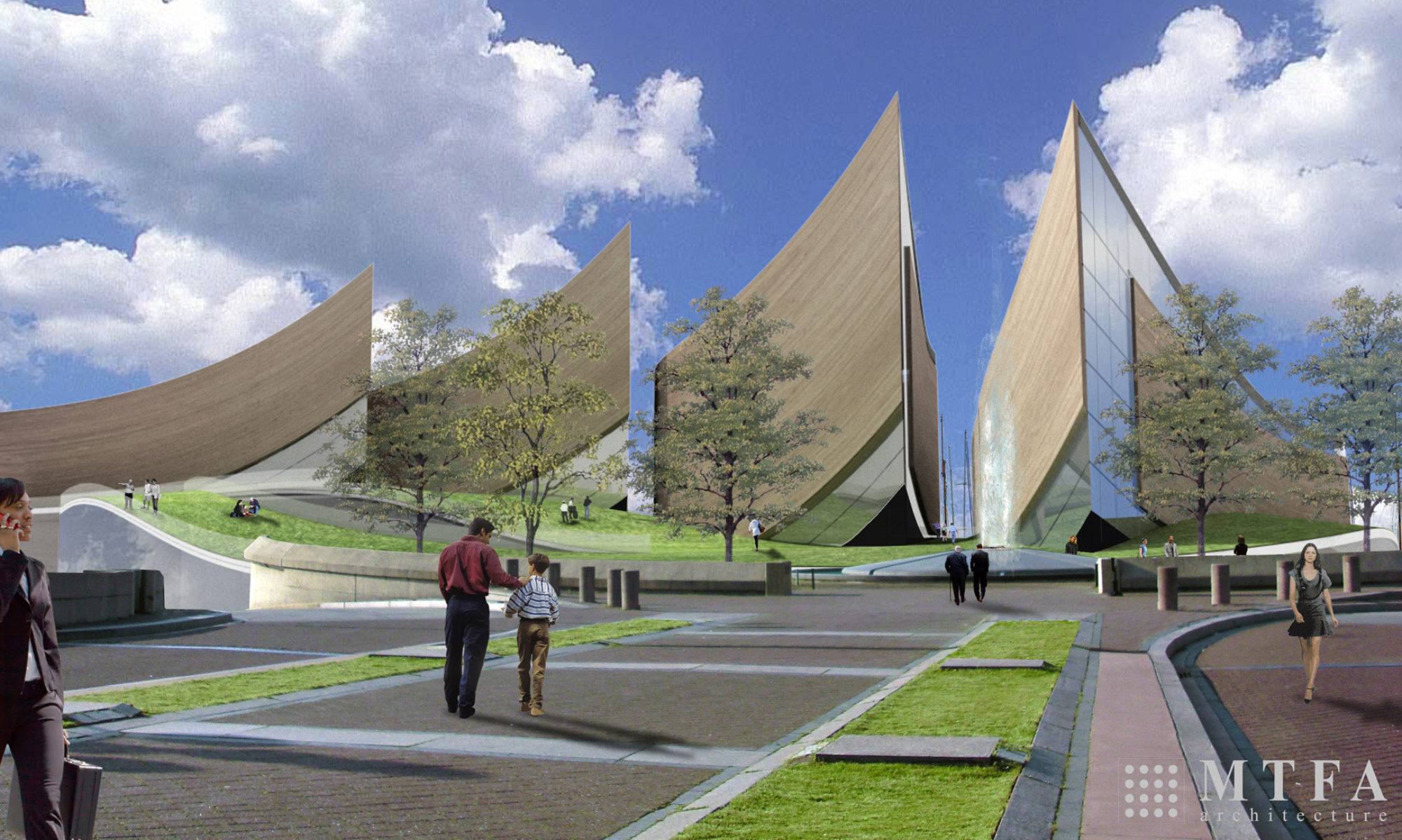
This is the fourth of four blogs to describe how the National Museum of the American People will tell its story through four chapters.
The 4th chapter of this story will take us from 1924 through 2024. The National Museum of the American People will portray the changes that mark the dynamic rich mixture of people that we label “American” as it continues to evolve.
Taking Citizenship Oath at Naturalization Ceremony in Seattle
Immigration slowed to a trickle after 1924 until the end of World War II due to the imposition of quotas. These were based on already existing subpopulations of the United States. While it remained relatively easy to emigrate from Western Europe, those from Eastern and Southern Europe, Africa and Asia had a much more difficult time getting into the U.S. This slowdown was exasperated by the Great Depression and there was even a net emigration away from the U.S. during the deepest four years of the Depression.
Following the Second World War, America became the preferred home for refugees from Europe, including Holocaust survivors. From 1941 to 1987, the U.S. accepted 4.4 million immigrants from Europe, 4.3 million from Asia, and 5.5 million from Latin America and the Caribbean, including Mexico.
From 1948 through 1980, some 2.3 million persons were admitted to the U.S. as humanitarian and political refugees, including about 450,000 persons displaced after World War II from 1948 through 1952; 692,000 Cubans from 1962-79; and 400,000 Vietnamese, Cambodians and Laotians from 1975-79.
The fourth chapter of the NMAP’s permanent exhibition will continue to tell the story of migrations within the country. It will include the forced migration of Japanese to internment camps during World War II, the continuing westward movement, the movement of African Americans from the South to the industrialized North as well as the movement of vast numbers of Americans from cities to suburbs, and the current movement of young people to cities.
In the post-War years, immigration from Mexico and Puerto Rico became major parts of this story. During recent years, immigrant groups in significant numbers have included Chinese, Japanese, Filipinos, Koreans, South Asians and Vietnamese. Others have included Caribbeans, Central Americans, Soviet Jews, Dominicans, Haitians, Africans and a variety of Europeans. Over the last few decades, one of the biggest national stories has been the steady flow of immigrants, both documented and undocumented, from Mexico and Central America. The compelling story of new immigrants to our nation is still writing itself.
Today, immigration is an issue that has opened a significant rift in our nation’s body politic. One of the goals of the National Museum of the American People is to help bring our nation back together by telling the story of the making of the American People … all of us.
NOTE: Some of the material herein is based on Coming to America: A History of Immigration and Ethnicity in American Life by Roger Daniels. Leading scholars are expected to develop a detailed outline of the Museum’s story following the establishment of the Museum.
This blog is about the proposed National Museum of the American People which is about the making of the American People. The blog will be reporting regularly on a host of NMAP topics, American ethnic group histories, related museums, scholarship centered on the museum’s focus, relevant census and other demographic data, and pertinent political issues. The museum is a work in progress and we welcome thoughtful suggestions.
Sam Eskenazi, Director, Coalition for the National Museum of the American People
